This year has been a real challenge to all farming systems. Stock had to be taken off the land a month ago in some areas due to the impact of poaching. Tillage farms were badly impacted by the combination of wet initially, then drought and now wet again. While this has caused yield and quality issues, having to harvest and work on the land now to save the harvest poses additional risk of soil damage with longer-term consequences.
Farmers are beginning to realise that when land takes a beating it leaves a mark on productivity in the following years.
The effect is generally put down to compaction, but it is more than that. It is now time to acknowledge that soil is very much at the centre of sustainability and its characteristics significantly impact on the productivity of our land and many of the costs associated with farming today.
The importance of soil and its functions
Life on earth comes mainly from our soils, helped by the nutrients and water it provides to fuel plant growth. So it is hardly surprising that official bodies and institutions would have an interest in soil and how it functions. The European Commission spent decades trying to put in place a soils directive about how a soil should be treated and maintained.
All such attempts failed because of the diversity of EU soils, their origin and physical location, the climate which prevails around them, their natural cropping patterns, etc.
These factors vary, not just from country to country but also from region to region within member states and so it proved impossible to agree a unified set of standards.
There are a few simple facts that all farmers need to know. All soils must have physical, chemical and biological dimensions. If they don’t have these, they will look like something between concrete and desert, will grow next to nothing because there is nothing to feed plant roots and they would provide little in the way of environmental function and contain very little “life”.
Farmers are increasingly aware of the physical dimension of soils. This is partly to do with texture – the proportion of sand, silt and clay that naturally exists in them – and a lot to do with structure, which is the general arrangement of the sand silt and clay into little particles bound together by organic matter.
These little particles, often referred to as crumbs, sit together in the soil and their irregular shapes help provide spaces between them called pores. These provide space and channels for roots to grow and for water to flow.
The pores also provide channels for air movement, which is critical for plants and the billions of tiny organisms that live in every cubic centimetre of soil, as they depend on oxygen to live.
Compacted soils reduce or remove these essential soil characteristics and properties. If roots cannot grow, the plants above them cannot thrive -- root bulk is as important as canopy bulk.
If water cannot flow through the soil, then the overland flow can cause erosion. And the organisms in the soil cannot thrive to break down organic material to help fuel growth and filter water etc.
Soil health
A soil that fulfils all of these requirements, and others, is generally referred to as being healthy. This is becoming an increasingly important term under the sustainability umbrella, both for farmers and policymakers. Last week, Teagasc opened a series of web-based discussions on “A new mission to improve soil health”.
One of the speakers, Jean-François Soussana, vice-president of the International Research Policy, INRAE in France, is a lead in the development of EU policy on these matters.
Soussana said that 60% to 70% of EU soils are currently regarded as not being “healthy” for a number of different reasons. He went on to say that the EU aims to reverse this situation and would wish to have 75% of EU soils classed as “healthy” by 2030.
Also speaking at that event, David Wall of Teagasc said that we in Ireland do not fare badly in this regard because so much of our land is in permanent grassland and that is “assumed” to be healthy. But he said that our tillage soils would not fare so well, mainly because of the low relatively low organic matter and soil carbon levels in continuously cultivated soils.
Compaction is another concern, arising from the use of heavy machinery and the fact that it often has to work when soils are damp.
On the issue of soil organic matter, Soussana also said that crop soils in the EU are, on average, losing carbon at the rate of 0.5% per annum. The challenge now is to reverse this, and to increase soil carbon by between 0.1% and 0.4% per annum in the EU.
He went on to say that 25% of land area in the EU is currently regarded as being at high to very high risk of desertification.
While this would not appear to be an issue for Irish farmers last week, we must how badly our cropped soils performed in the spring drought. There is a growing realisation of the benefits of fresher, healthier land in coping with adverse weather conditions.
In brief
Our soils fulfil many functions and they also have many stakeholders so we can expect policy interventions.Soils suffer in many ways from damage caused by compaction.The EU is targeting that 75% of EU soils be classed as healthy by 2030.
This year has been a real challenge to all farming systems. Stock had to be taken off the land a month ago in some areas due to the impact of poaching. Tillage farms were badly impacted by the combination of wet initially, then drought and now wet again. While this has caused yield and quality issues, having to harvest and work on the land now to save the harvest poses additional risk of soil damage with longer-term consequences.
Farmers are beginning to realise that when land takes a beating it leaves a mark on productivity in the following years.
The effect is generally put down to compaction, but it is more than that. It is now time to acknowledge that soil is very much at the centre of sustainability and its characteristics significantly impact on the productivity of our land and many of the costs associated with farming today.
The importance of soil and its functions
Life on earth comes mainly from our soils, helped by the nutrients and water it provides to fuel plant growth. So it is hardly surprising that official bodies and institutions would have an interest in soil and how it functions. The European Commission spent decades trying to put in place a soils directive about how a soil should be treated and maintained.
All such attempts failed because of the diversity of EU soils, their origin and physical location, the climate which prevails around them, their natural cropping patterns, etc.
These factors vary, not just from country to country but also from region to region within member states and so it proved impossible to agree a unified set of standards.
There are a few simple facts that all farmers need to know. All soils must have physical, chemical and biological dimensions. If they don’t have these, they will look like something between concrete and desert, will grow next to nothing because there is nothing to feed plant roots and they would provide little in the way of environmental function and contain very little “life”.
Farmers are increasingly aware of the physical dimension of soils. This is partly to do with texture – the proportion of sand, silt and clay that naturally exists in them – and a lot to do with structure, which is the general arrangement of the sand silt and clay into little particles bound together by organic matter.
These little particles, often referred to as crumbs, sit together in the soil and their irregular shapes help provide spaces between them called pores. These provide space and channels for roots to grow and for water to flow.
The pores also provide channels for air movement, which is critical for plants and the billions of tiny organisms that live in every cubic centimetre of soil, as they depend on oxygen to live.
Compacted soils reduce or remove these essential soil characteristics and properties. If roots cannot grow, the plants above them cannot thrive -- root bulk is as important as canopy bulk.
If water cannot flow through the soil, then the overland flow can cause erosion. And the organisms in the soil cannot thrive to break down organic material to help fuel growth and filter water etc.
Soil health
A soil that fulfils all of these requirements, and others, is generally referred to as being healthy. This is becoming an increasingly important term under the sustainability umbrella, both for farmers and policymakers. Last week, Teagasc opened a series of web-based discussions on “A new mission to improve soil health”.
One of the speakers, Jean-François Soussana, vice-president of the International Research Policy, INRAE in France, is a lead in the development of EU policy on these matters.
Soussana said that 60% to 70% of EU soils are currently regarded as not being “healthy” for a number of different reasons. He went on to say that the EU aims to reverse this situation and would wish to have 75% of EU soils classed as “healthy” by 2030.
Also speaking at that event, David Wall of Teagasc said that we in Ireland do not fare badly in this regard because so much of our land is in permanent grassland and that is “assumed” to be healthy. But he said that our tillage soils would not fare so well, mainly because of the low relatively low organic matter and soil carbon levels in continuously cultivated soils.
Compaction is another concern, arising from the use of heavy machinery and the fact that it often has to work when soils are damp.
On the issue of soil organic matter, Soussana also said that crop soils in the EU are, on average, losing carbon at the rate of 0.5% per annum. The challenge now is to reverse this, and to increase soil carbon by between 0.1% and 0.4% per annum in the EU.
He went on to say that 25% of land area in the EU is currently regarded as being at high to very high risk of desertification.
While this would not appear to be an issue for Irish farmers last week, we must how badly our cropped soils performed in the spring drought. There is a growing realisation of the benefits of fresher, healthier land in coping with adverse weather conditions.
In brief
Our soils fulfil many functions and they also have many stakeholders so we can expect policy interventions.Soils suffer in many ways from damage caused by compaction.The EU is targeting that 75% of EU soils be classed as healthy by 2030. 


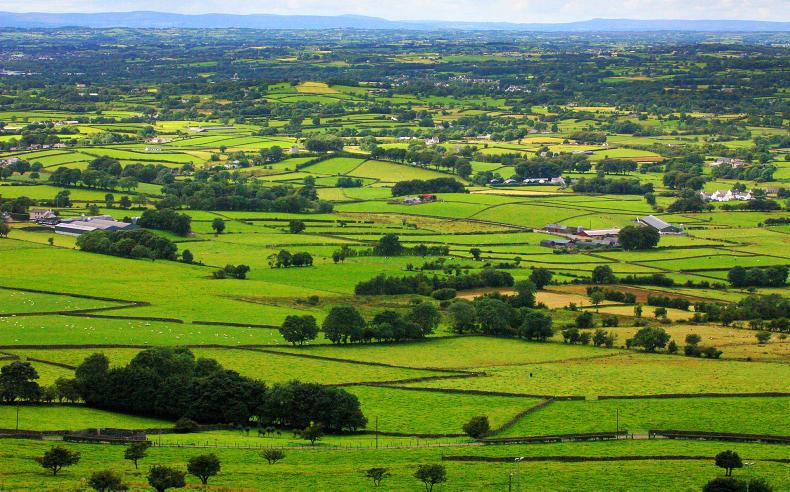

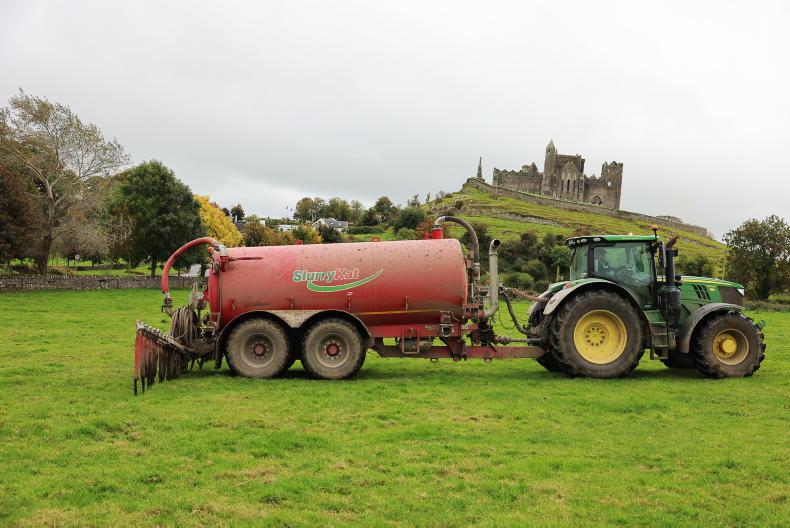
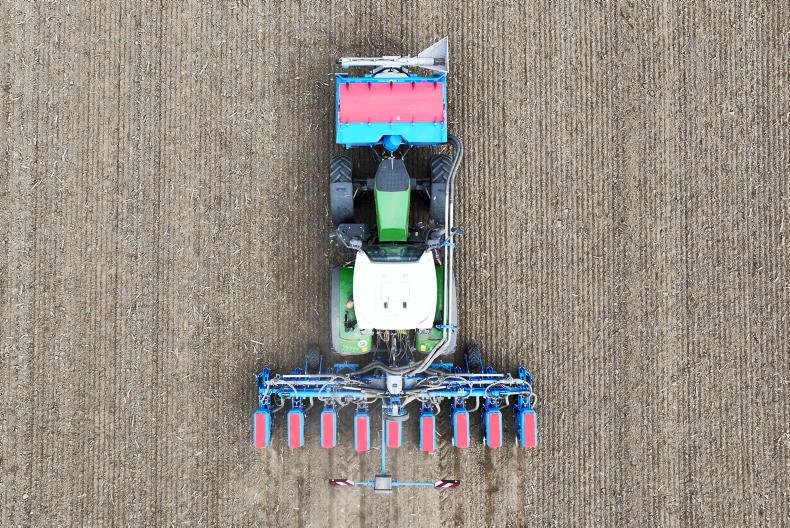
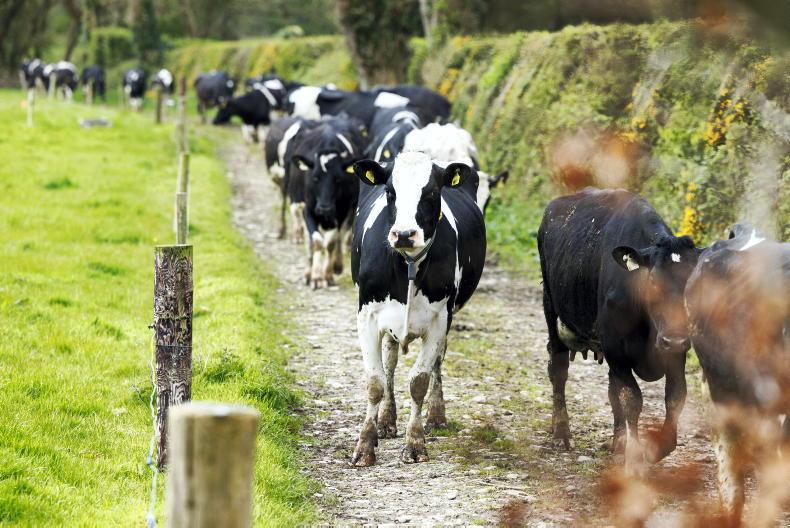
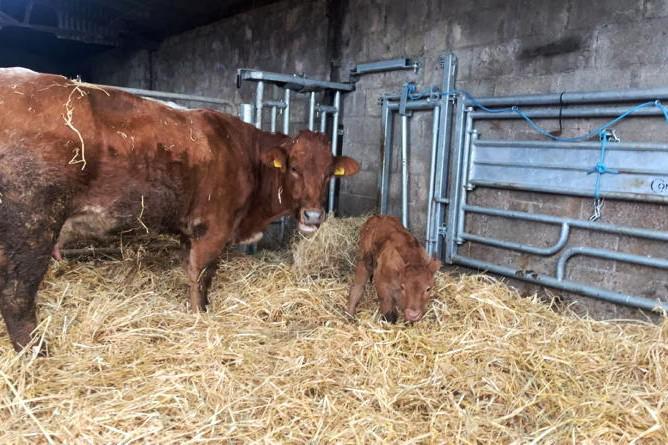
SHARING OPTIONS